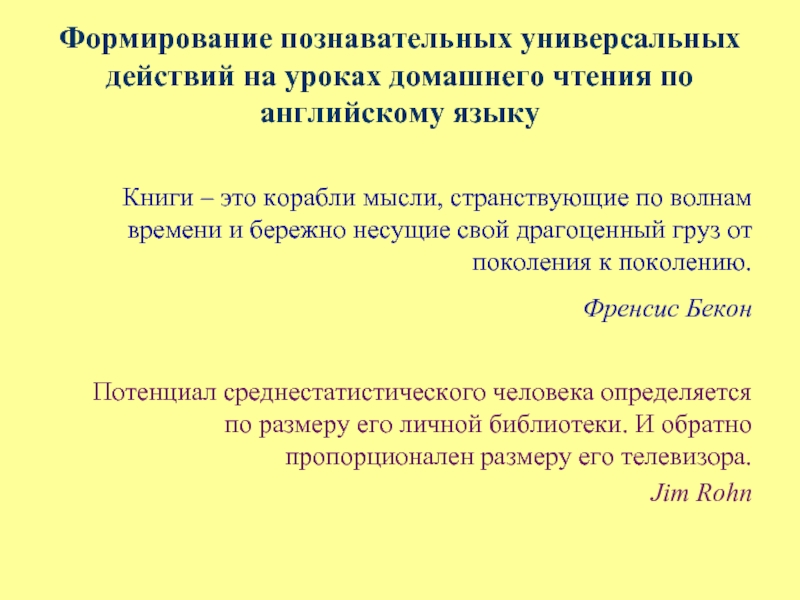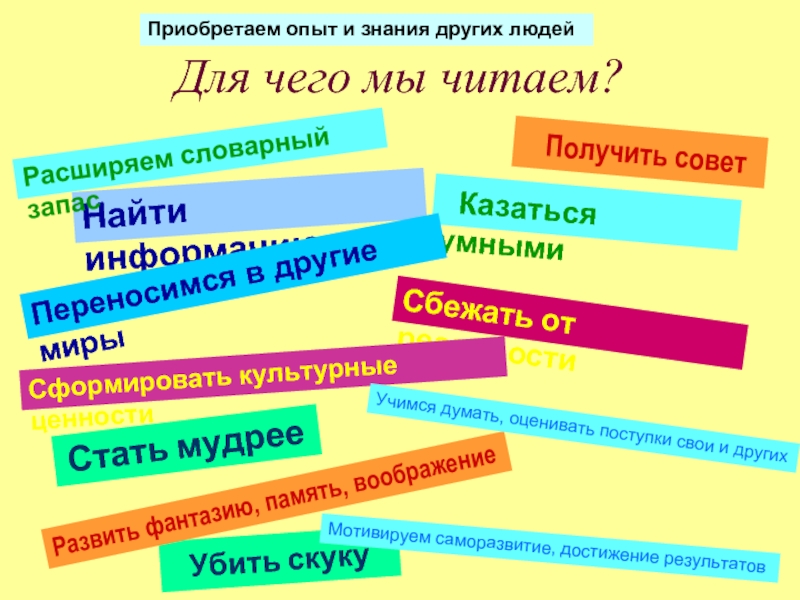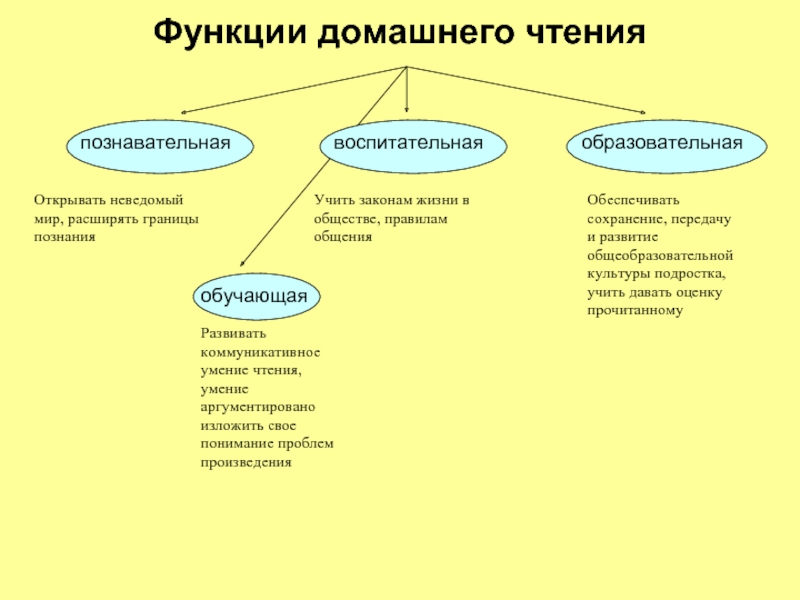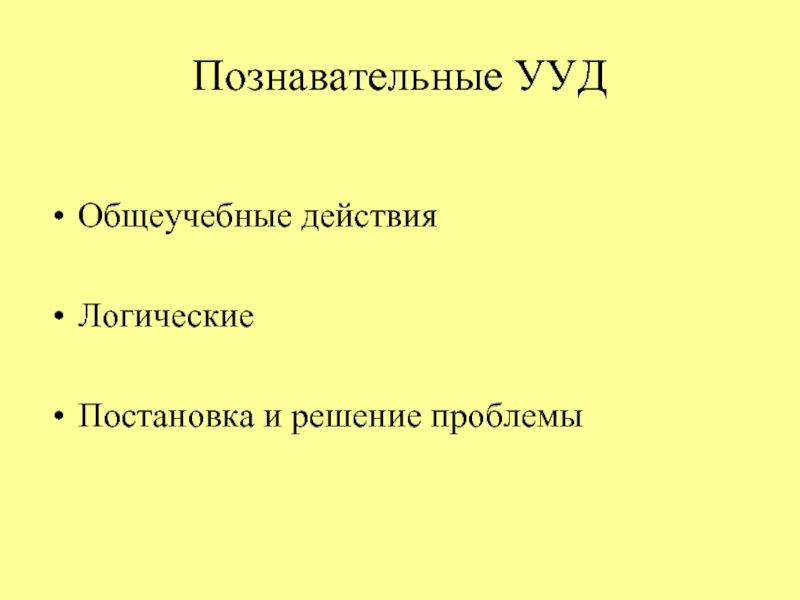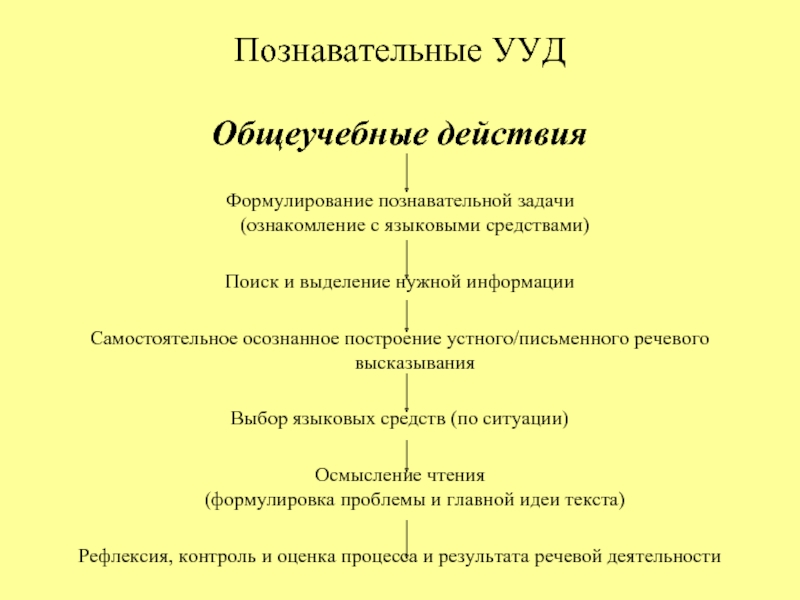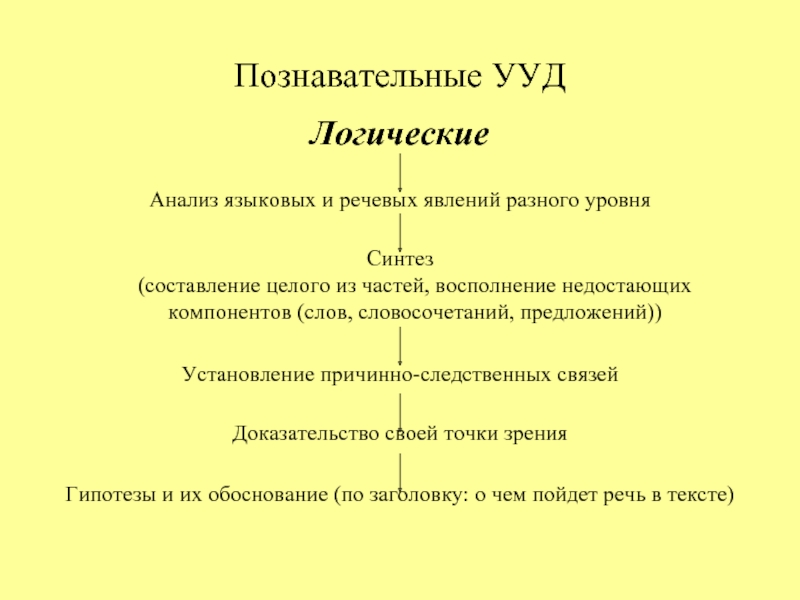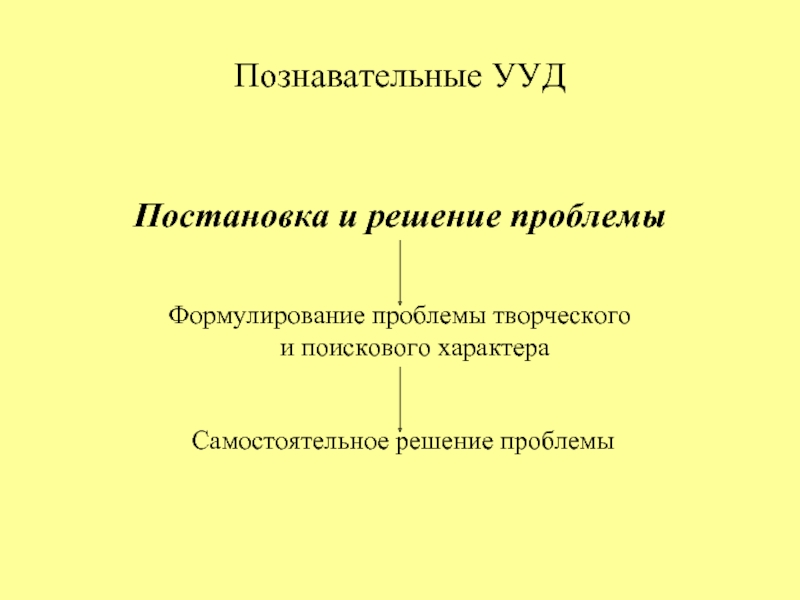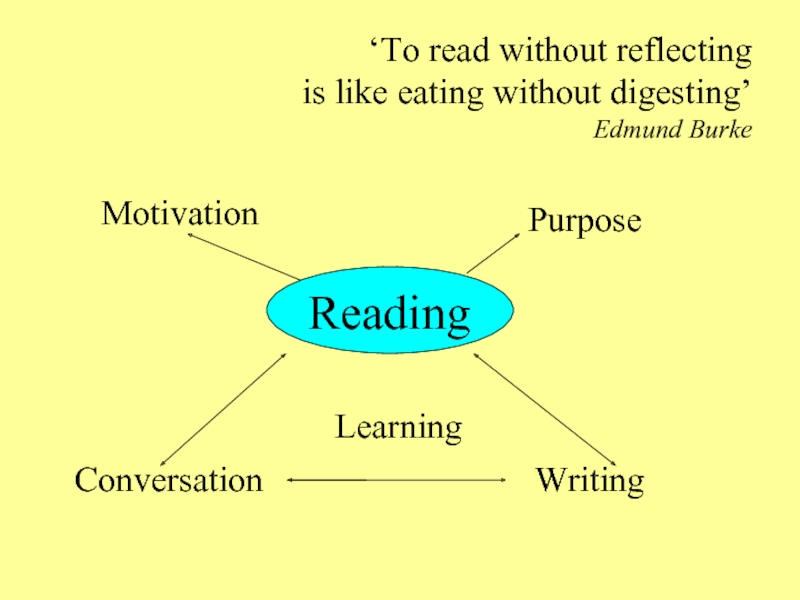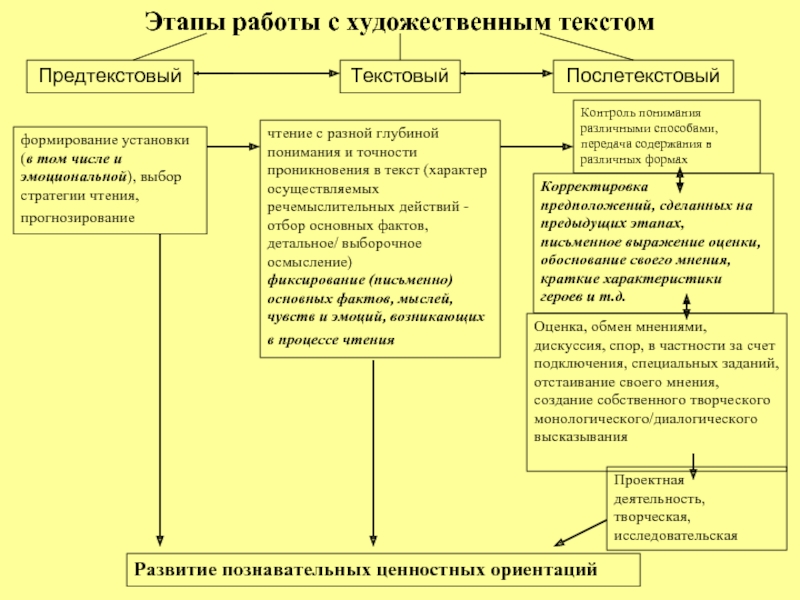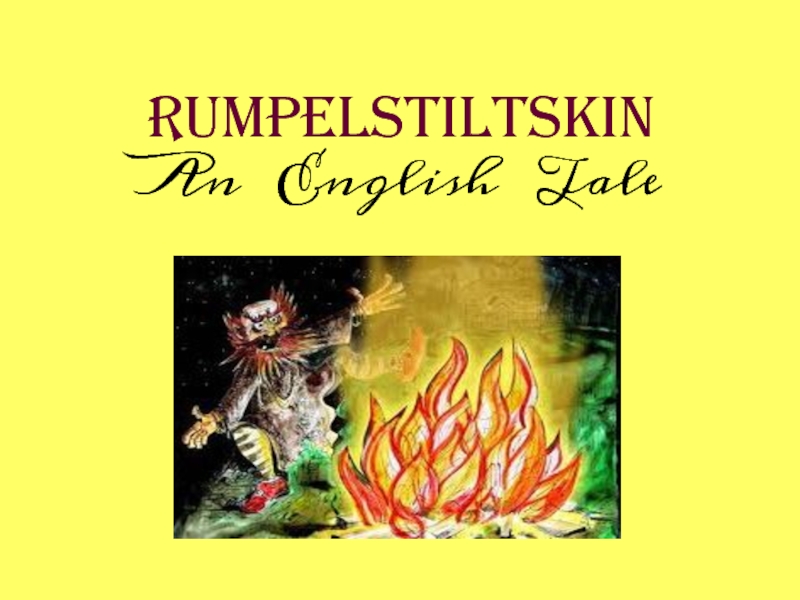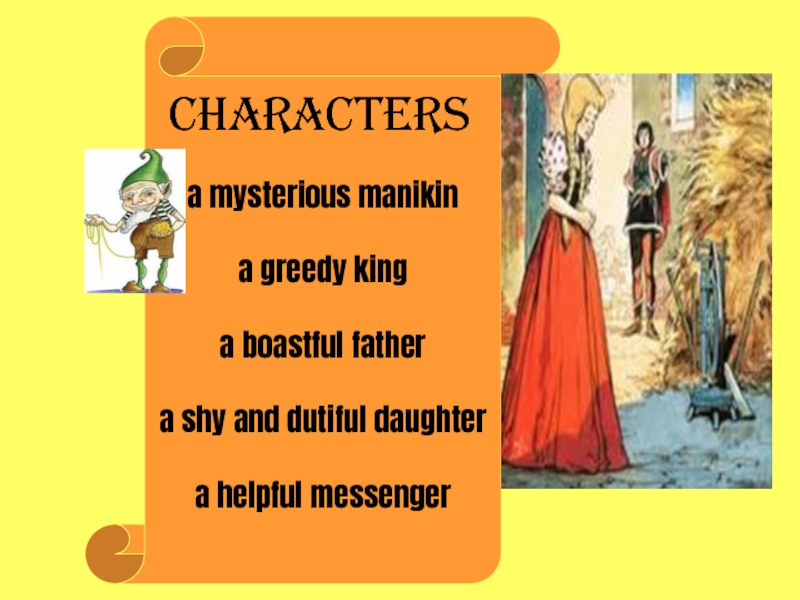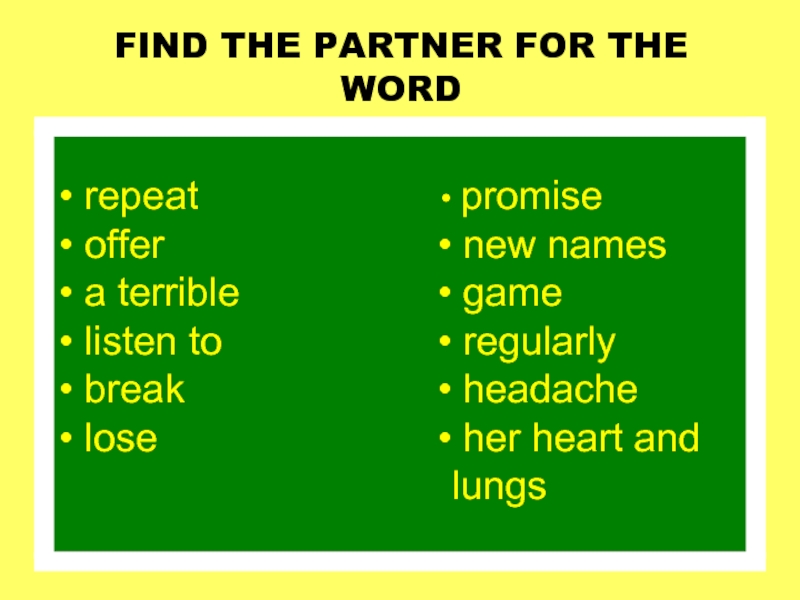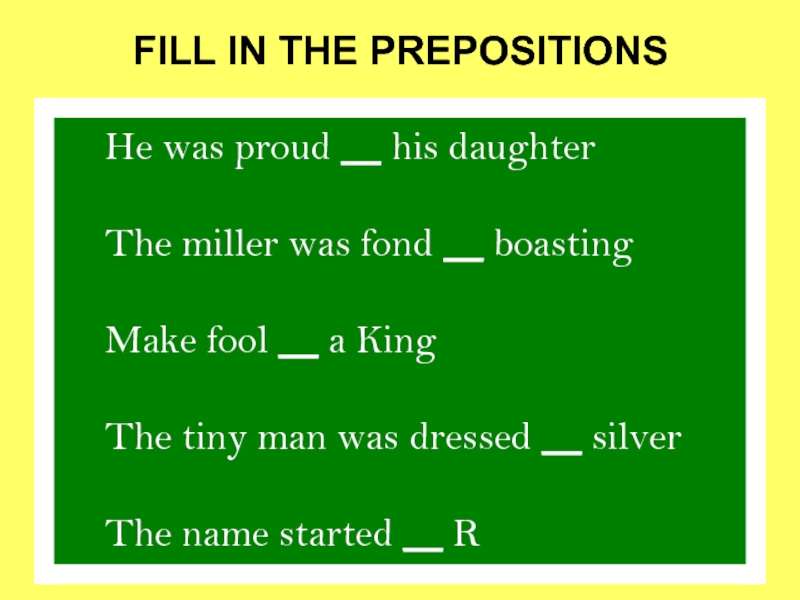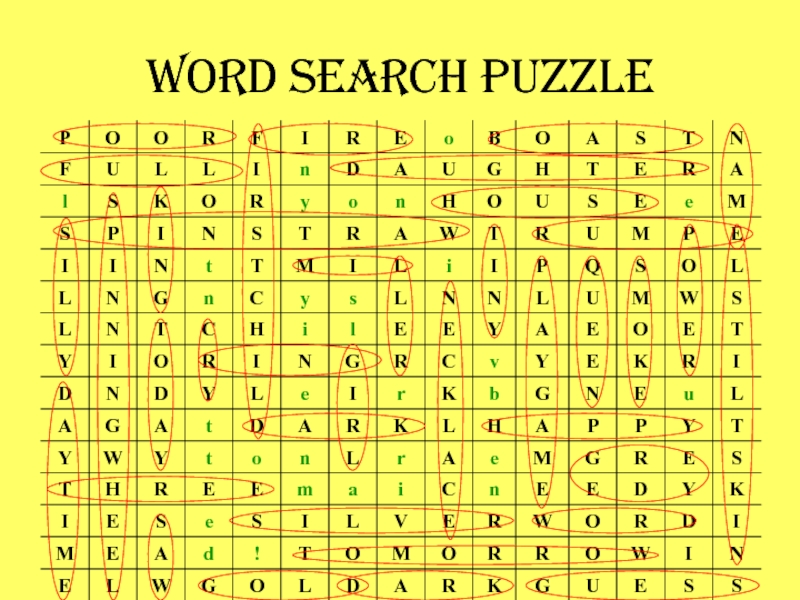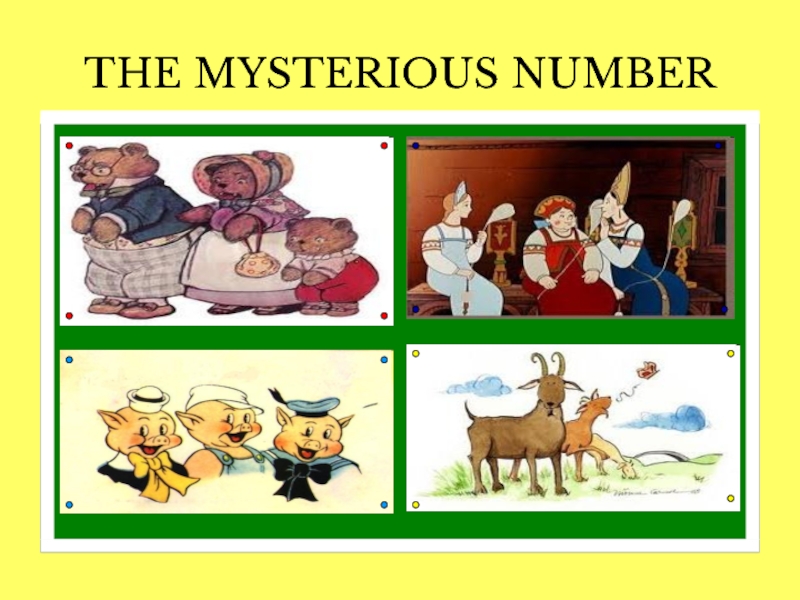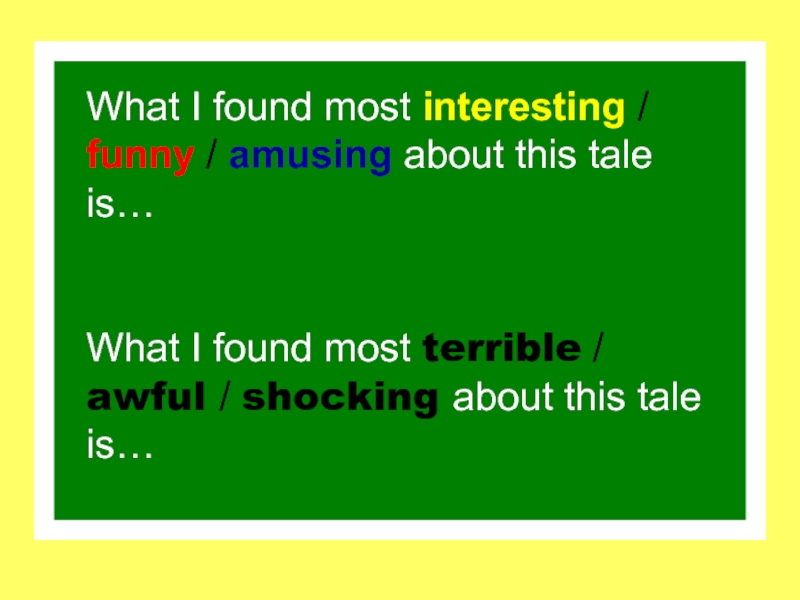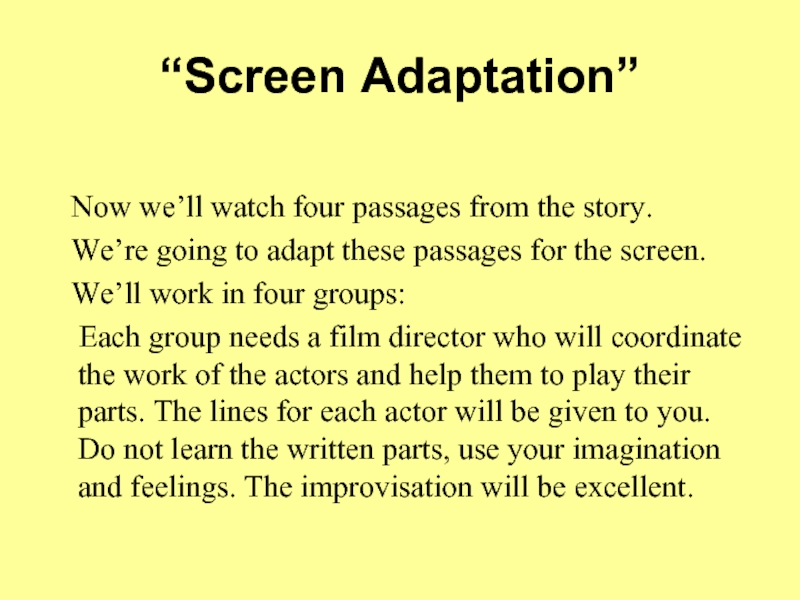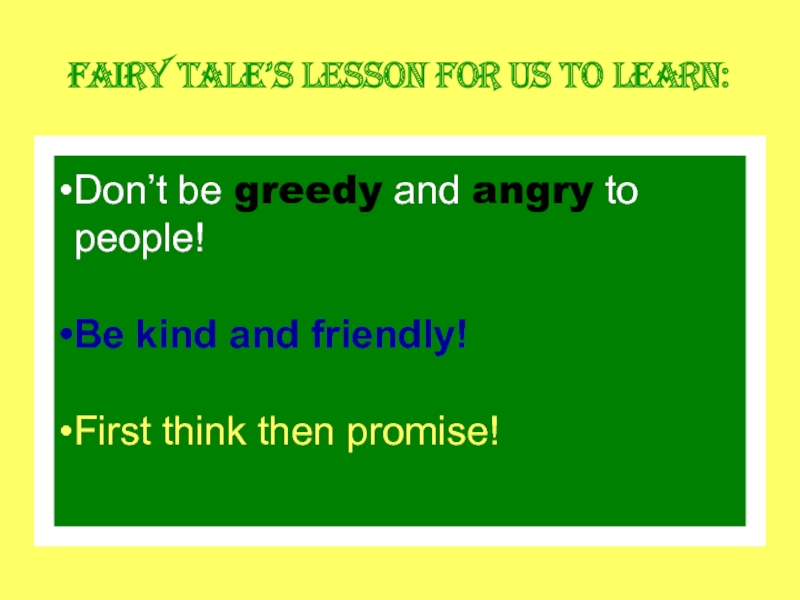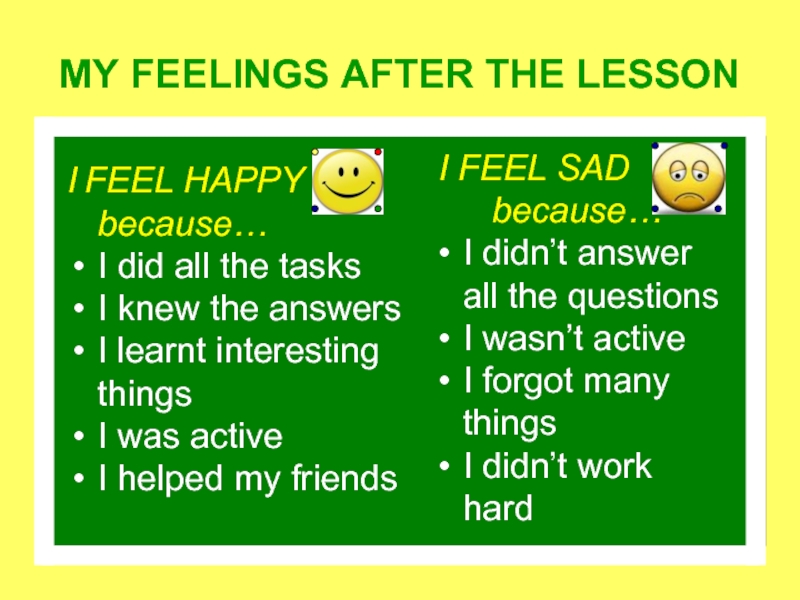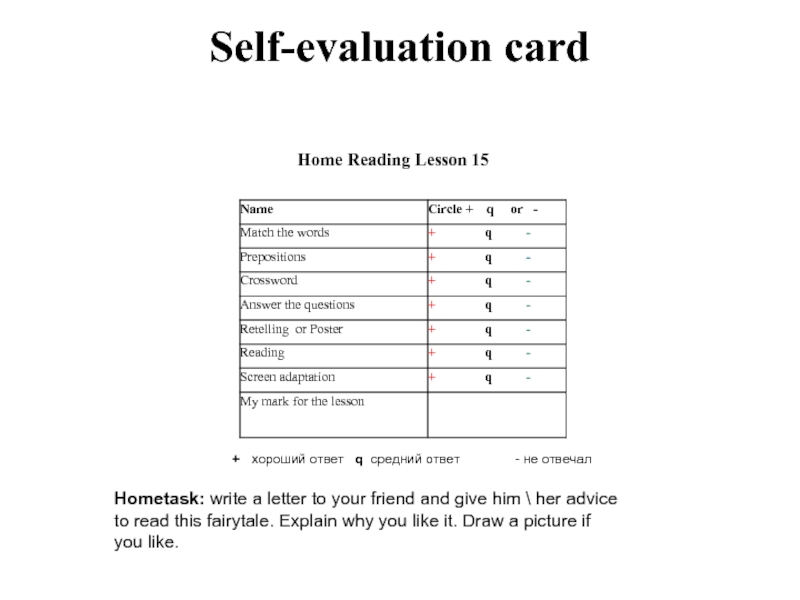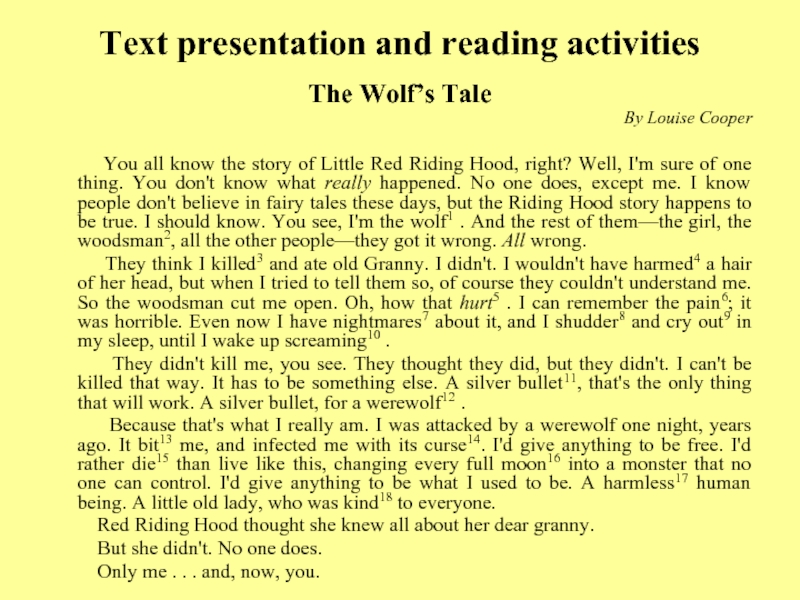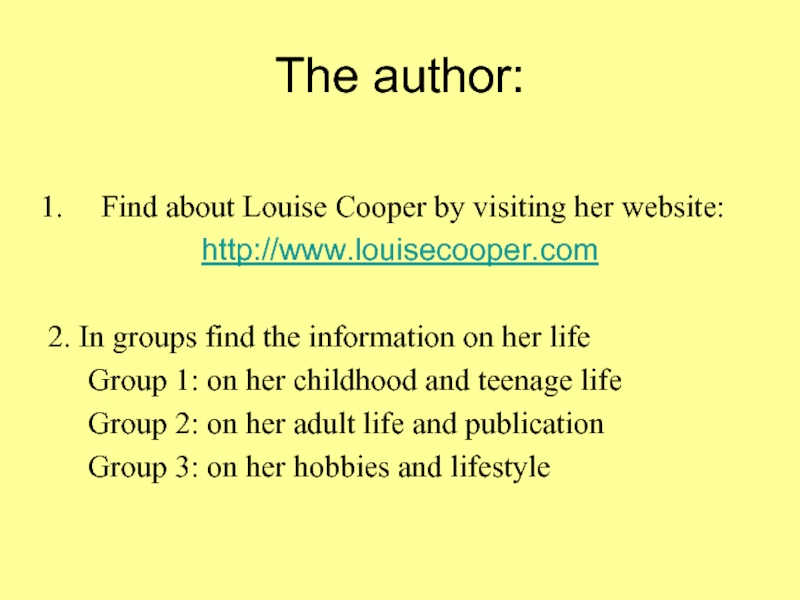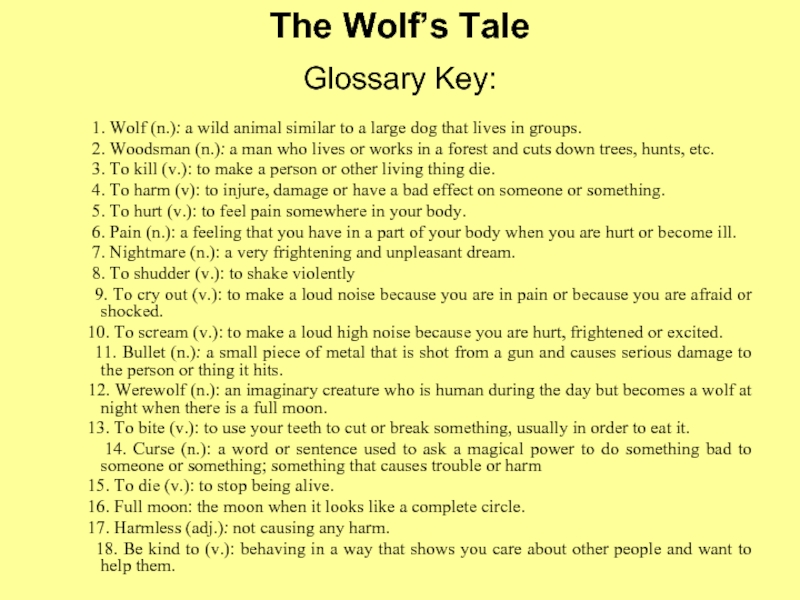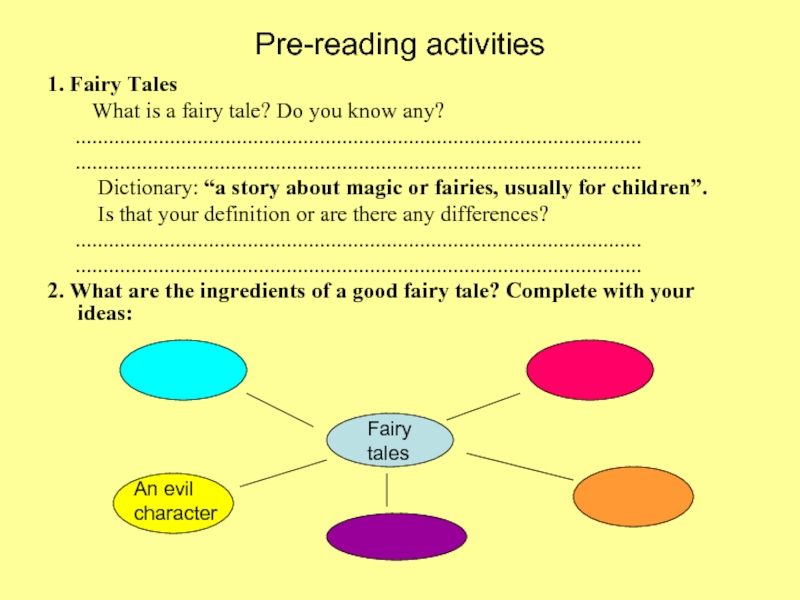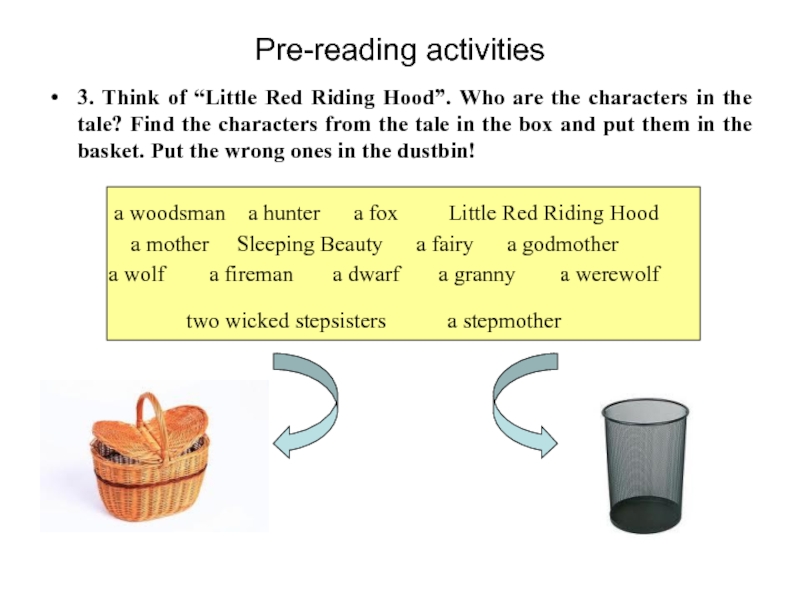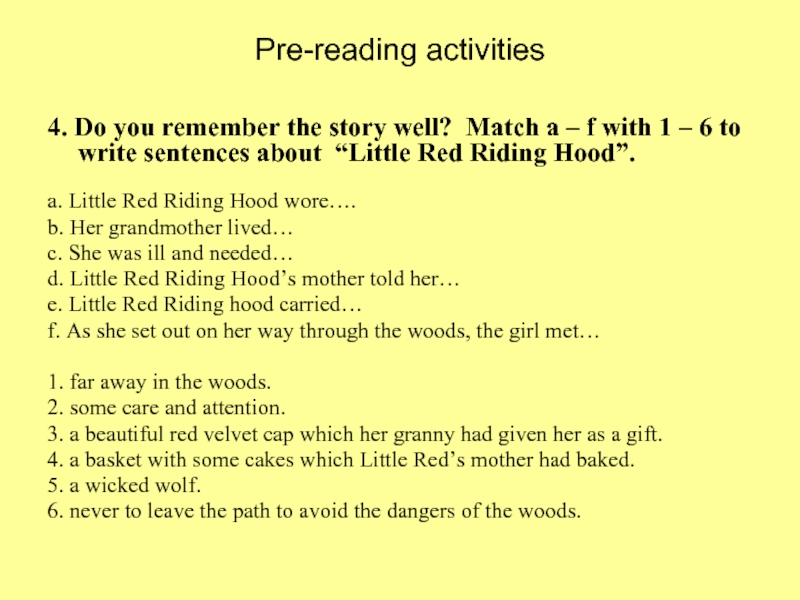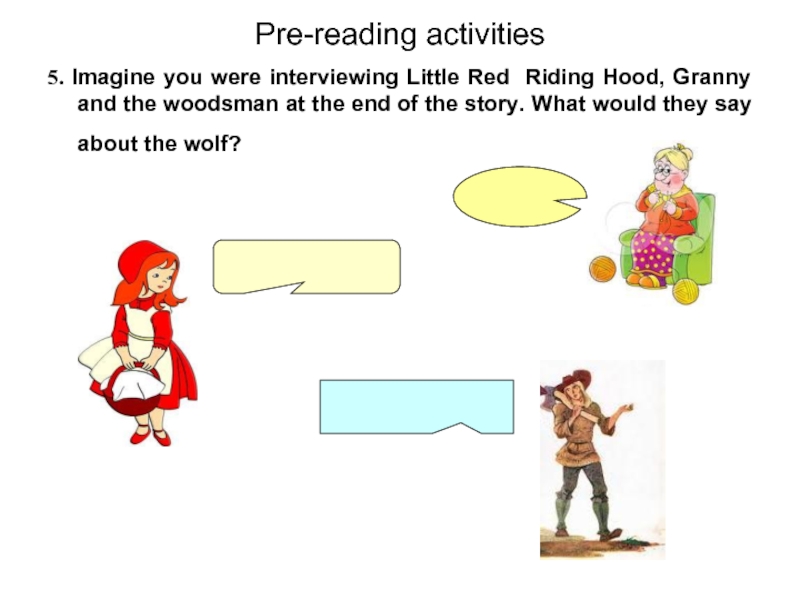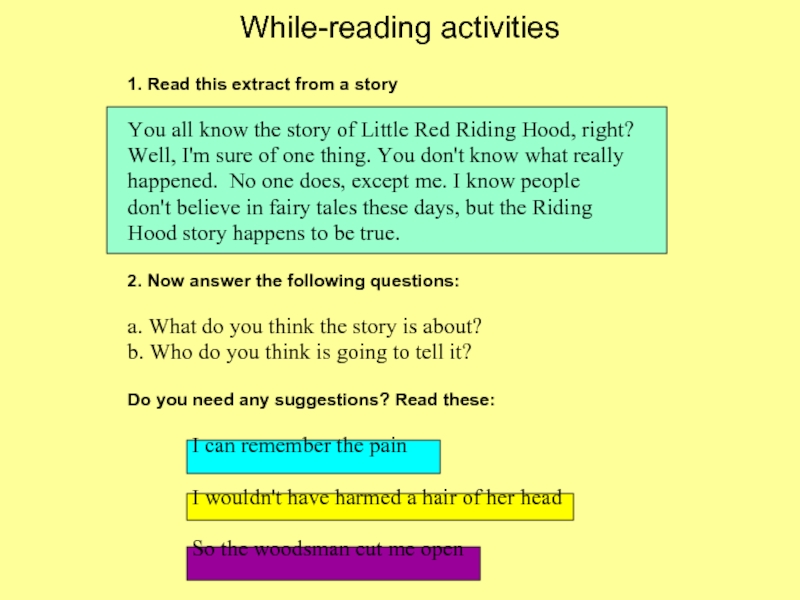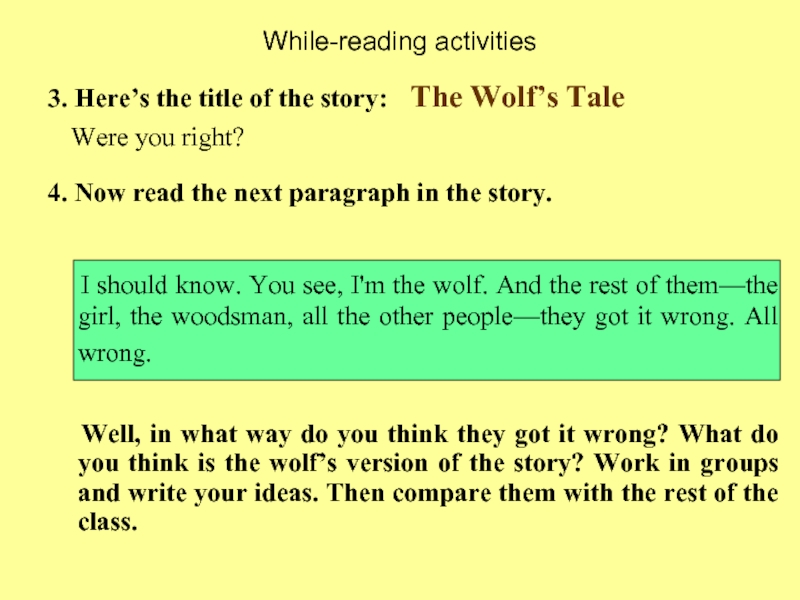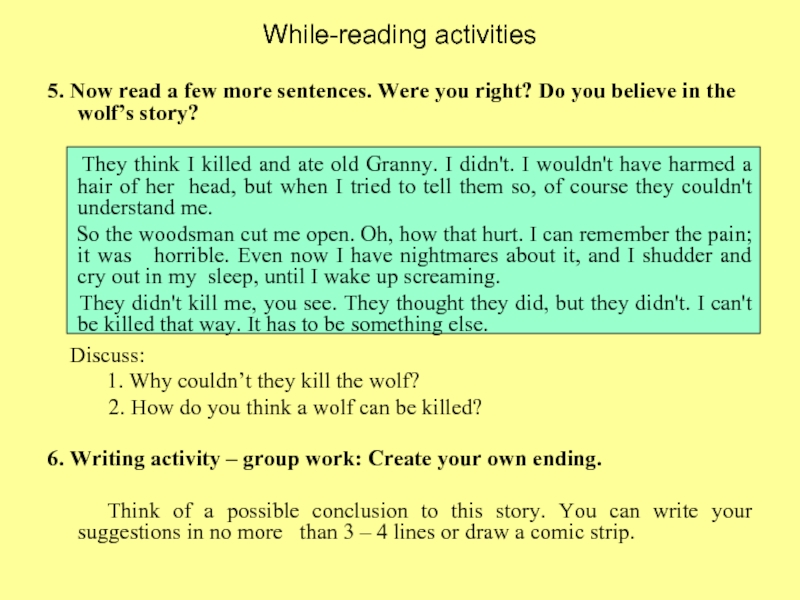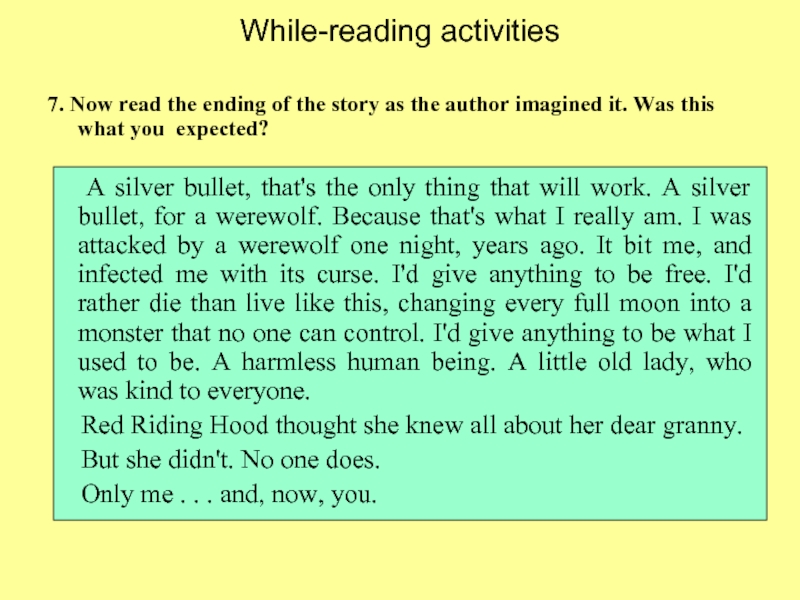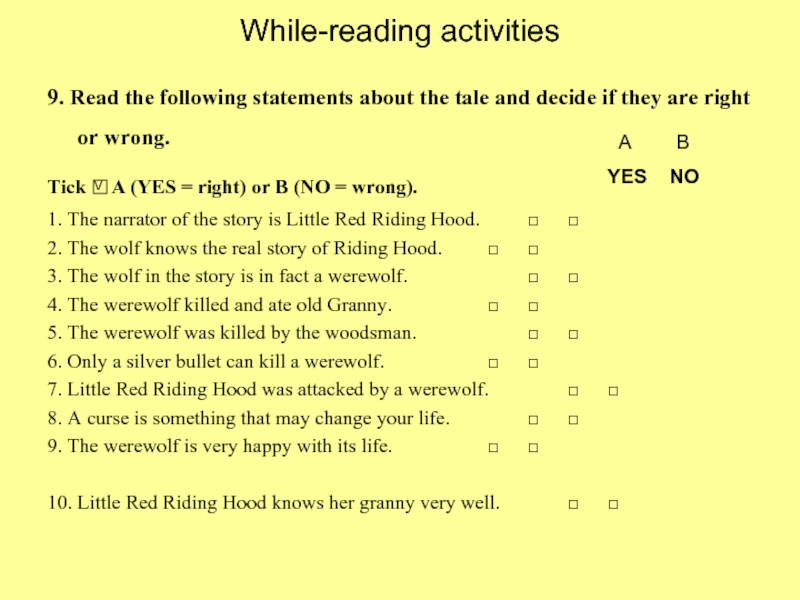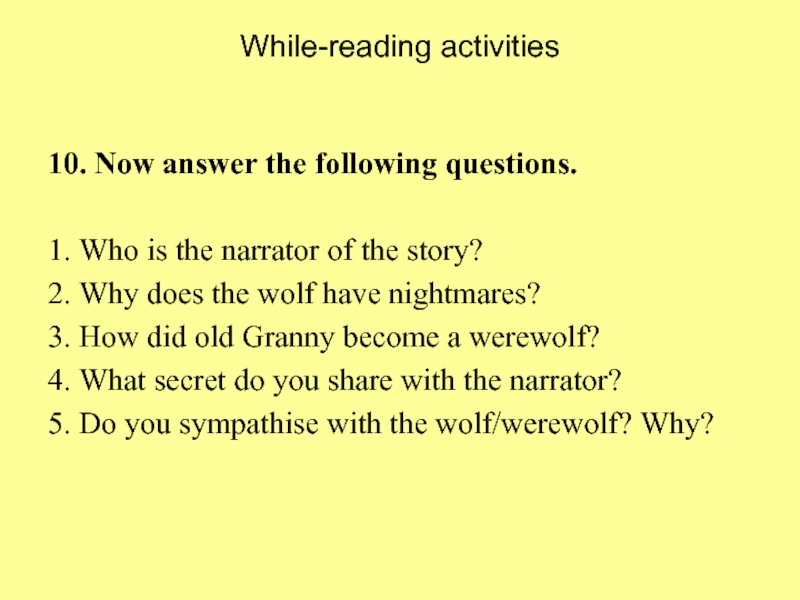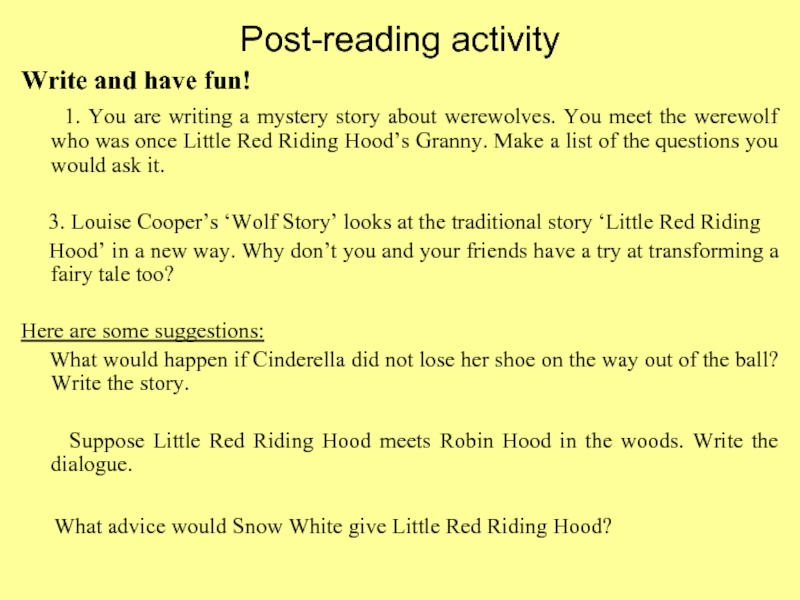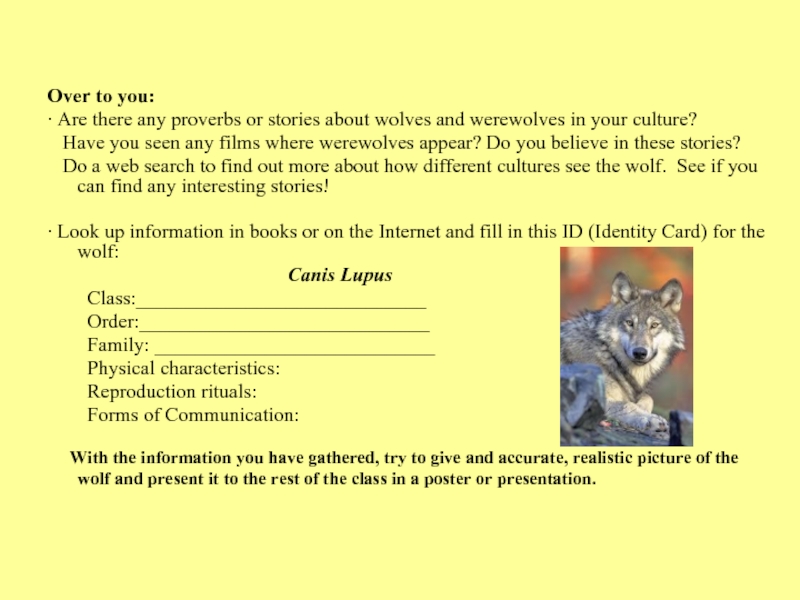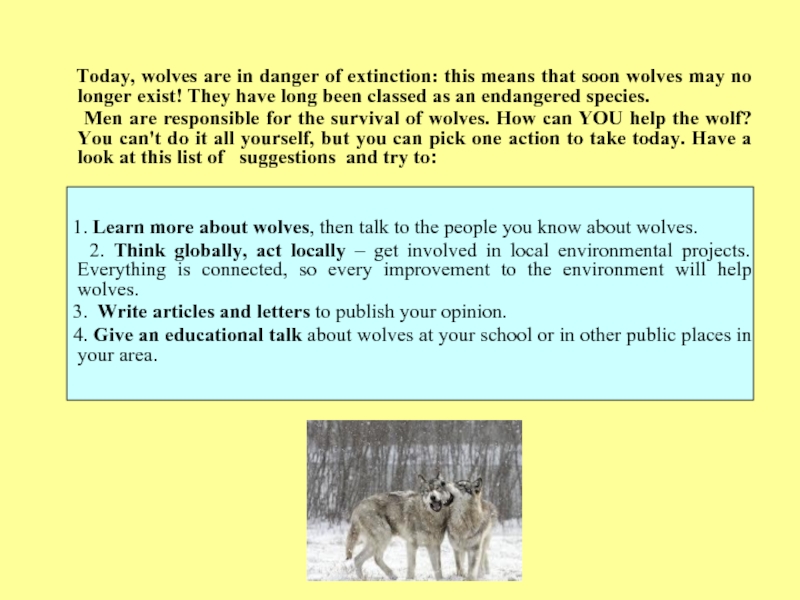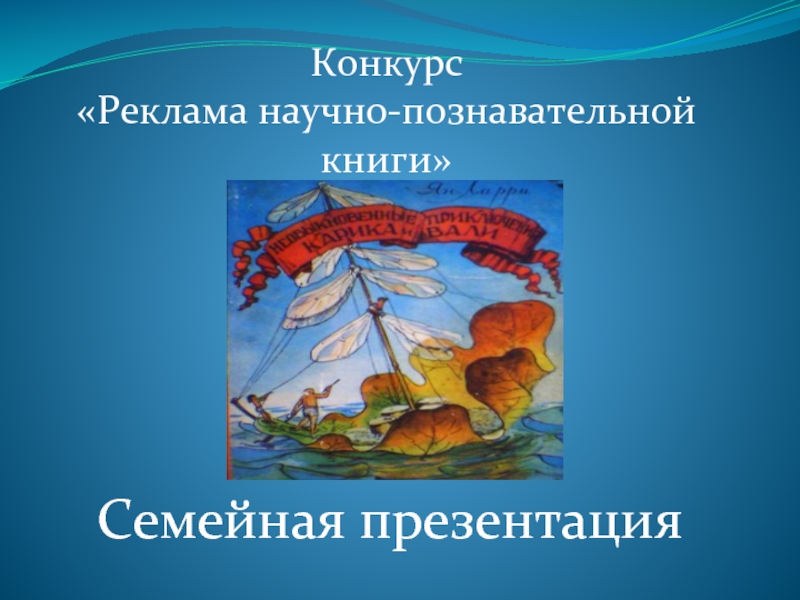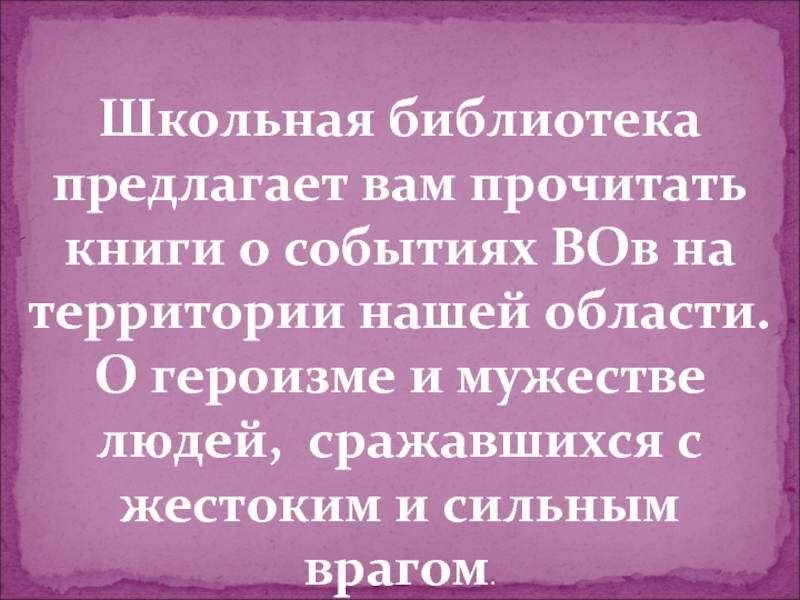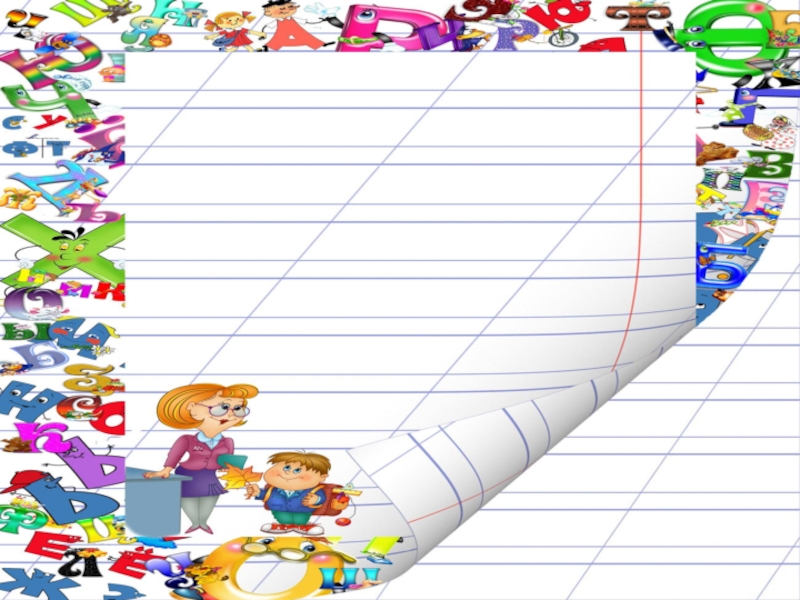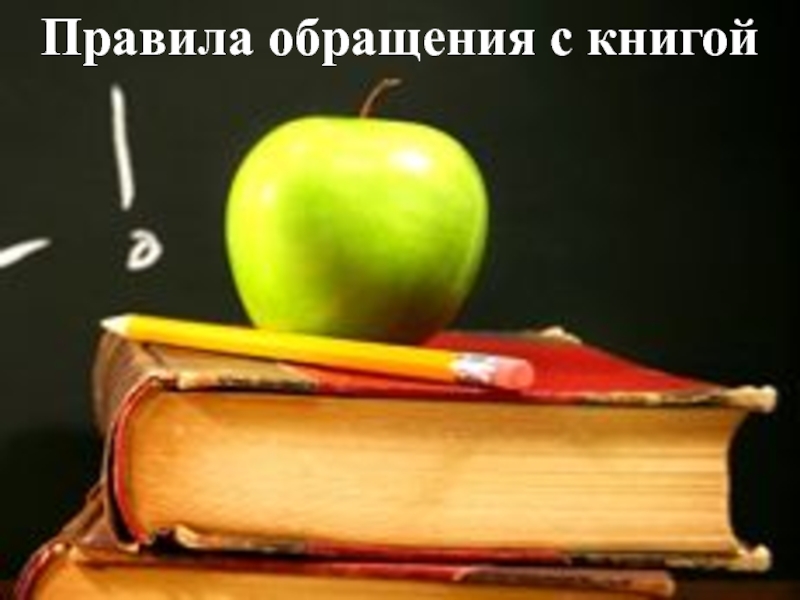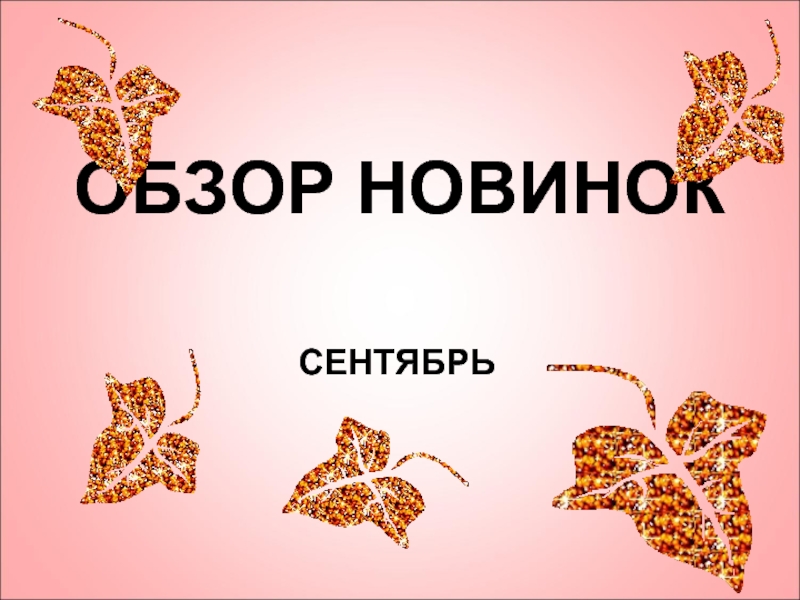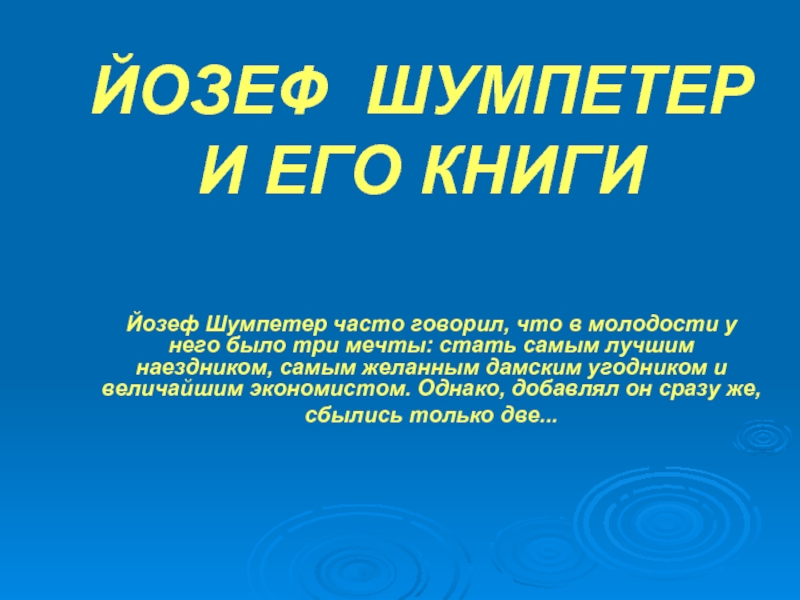- Главная
- Разное
- Дизайн
- Бизнес и предпринимательство
- Аналитика
- Образование
- Развлечения
- Красота и здоровье
- Финансы
- Государство
- Путешествия
- Спорт
- Недвижимость
- Армия
- Графика
- Культурология
- Еда и кулинария
- Лингвистика
- Английский язык
- Астрономия
- Алгебра
- Биология
- География
- Детские презентации
- Информатика
- История
- Литература
- Маркетинг
- Математика
- Медицина
- Менеджмент
- Музыка
- МХК
- Немецкий язык
- ОБЖ
- Обществознание
- Окружающий мир
- Педагогика
- Русский язык
- Технология
- Физика
- Философия
- Химия
- Шаблоны, картинки для презентаций
- Экология
- Экономика
- Юриспруденция
Формирование познавательных универсальных действий на уроках домашнего чтения по английскому языку презентация
Содержание
- 1. Формирование познавательных универсальных действий на уроках домашнего чтения по английскому языку
- 2. Для чего мы читаем?
- 3. Функции домашнего чтения
- 4. Познавательные УУД Общеучебные действия Логические Постановка и решение проблемы
- 5. Познавательные УУД Общеучебные действия Формулирование познавательной
- 6. Познавательные УУД Логические Анализ языковых и
- 7. Познавательные УУД Постановка и решение проблемы
- 8. ‘To read without reflecting is like eating
- 9. Этапы работы с художественным текстом Предтекстовый
- 10. RUMPELSTILTSKIN An English Tale
- 11. a mysterious manikin
- 12. FIND THE PARTNER FOR THE WORD
- 13. FILL IN THE PREPOSITIONS
- 14. Word Search Puzzle
- 15. THE MYSTERIOUS NUMBER
- 17. “Screen Adaptation” Now we’ll
- 18. FAIRY TALE’S LESSON FOR US TO LEARN:
- 19. MY FEELINGS AFTER THE LESSON
- 20. Self-evaluation card Home Reading Lesson
- 21. Text presentation and reading activities The Wolf’s
- 22. The author: Find about Louise Cooper
- 23. The Wolf’s Tale Glossary Key:
- 24. Pre-reading activities 1. Fairy Tales
- 25. Pre-reading activities 3. Think of “Little
- 26. Pre-reading activities 4. Do you remember the
- 27. Pre-reading activities 5. Imagine you were interviewing
- 28. While-reading activities
- 29. While-reading activities 3. Here’s the title
- 30. While-reading activities 5. Now read a
- 31. While-reading activities 7. Now read
- 32. While-reading activities 9. Read the following statements
- 33. While-reading activities 10. Now answer the following
- 34. Post-reading activity Write and have fun!
- 35. Over to you: ∙ Are
- 36. Today, wolves
Слайд 1Формирование познавательных универсальных действий на уроках домашнего чтения по английскому языку
Книги
Френсис Бекон
Потенциал среднестатистического человека определяется по размеру его личной библиотеки. И обратно пропорционален размеру его телевизора.
Jim Rohn
Слайд 2Для чего мы читаем?
Убить скуку
Найти информацию
Сбежать от реальности
Казаться умными
Сформировать культурные ценности
Развить фантазию, память, воображение
Учимся думать, оценивать поступки свои и других
Переносимся в другие миры
Стать мудрее
Мотивируем саморазвитие, достижение результатов
Расширяем словарный запас
Приобретаем опыт и знания других людей
Слайд 3Функции домашнего чтения
Открывать неведомый
мир, расширять границы
познания
Учить законам жизни в обществе, правилам
Обеспечивать сохранение, передачу и развитие общеобразовательной культуры подростка, учить давать оценку прочитанному
обучающая
Развивать коммуникативное умение чтения, умение аргументировано изложить свое понимание проблем произведения
Слайд 5Познавательные УУД
Общеучебные действия
Формулирование познавательной задачи
(ознакомление с языковыми средствами)
Поиск и выделение нужной
Самостоятельное осознанное построение устного/письменного речевого высказывания
Выбор языковых средств (по ситуации)
Осмысление чтения (формулировка проблемы и главной идеи текста)
Рефлексия, контроль и оценка процесса и результата речевой деятельности
Слайд 6Познавательные УУД
Логические
Анализ языковых и речевых явлений разного уровня
Синтез
(составление целого из частей,
Установление причинно-следственных связей
Доказательство своей точки зрения
Гипотезы и их обоснование (по заголовку: о чем пойдет речь в тексте)
Слайд 7Познавательные УУД
Постановка и решение проблемы
Формулирование проблемы творческого
и поискового характера
Самостоятельное решение
Слайд 8‘To read without reflecting
is like eating without digesting’
Edmund Burke
Motivation
Purpose
Conversation
Writing
Learning
Слайд 9Этапы работы с художественным текстом
Предтекстовый
Текстовый
Послетекстовый
формирование установки (в том числе и
чтение с разной глубиной понимания и точности проникновения в текст (характер осуществляемых речемыслительных действий - отбор основных фактов, детальное/ выборочное осмысление)
фиксирование (письменно) основных фактов, мыслей, чувств и эмоций, возникающих в процессе чтения
Контроль понимания различными способами, передача содержания в различных формах
Корректировка предположений, сделанных на предыдущих этапах, письменное выражение оценки, обоснование своего мнения, краткие характеристики героев и т.д.
Оценка, обмен мнениями, дискуссия, спор, в частности за счет подключения, специальных заданий, отстаивание своего мнения, создание собственного творческого монологического/диалогического высказывания
Проектная деятельность, творческая, исследовательская
Развитие познавательных ценностных ориентаций
Слайд 11
a mysterious manikin
a greedy king
a boastful father
a shy and dutiful daughter
a
CHARACTERS
Слайд 12FIND THE PARTNER FOR THE WORD
repeat
offer
a terrible
listen
break
lose
promise
new names
game
regularly
headache
her heart and lungs
Слайд 13FILL IN THE PREPOSITIONS
He was proud __ his daughter
The miller was
Make fool __ a King
The tiny man was dressed __ silver
The name started __ R
Слайд 16
What I found most interesting / funny / amusing about this
What I found most terrible / awful / shocking about this tale is…
Слайд 17“Screen Adaptation”
Now we’ll watch four passages from the story.
We’ll work in four groups:
Each group needs a film director who will coordinate the work of the actors and help them to play their parts. The lines for each actor will be given to you. Do not learn the written parts, use your imagination and feelings. The improvisation will be excellent.
Слайд 18FAIRY TALE’S LESSON FOR US TO LEARN:
Don’t be greedy and angry
Be kind and friendly!
First think then promise!
Слайд 19MY FEELINGS AFTER THE LESSON
I FEEL HAPPY because…
I did all the
I knew the answers
I learnt interesting things
I was active
I helped my friends
I FEEL SAD
because…
I didn’t answer all the questions
I wasn’t active
I forgot many things
I didn’t work hard
Слайд 20Self-evaluation card
Home Reading Lesson 15
Hometask: write a letter to your friend and give him \ her advice
to read this fairytale. Explain why you like it. Draw a picture if
you like.
Слайд 21Text presentation and reading activities
The Wolf’s Tale
By Louise Cooper
They think I killed3 and ate old Granny. I didn't. I wouldn't have harmed4 a hair of her head, but when I tried to tell them so, of course they couldn't understand me. So the woodsman cut me open. Oh, how that hurt5 . I can remember the pain6; it was horrible. Even now I have nightmares7 about it, and I shudder8 and cry out9 in my sleep, until I wake up screaming10 .
They didn't kill me, you see. They thought they did, but they didn't. I can't be killed that way. It has to be something else. A silver bullet11, that's the only thing that will work. A silver bullet, for a werewolf12 .
Because that's what I really am. I was attacked by a werewolf one night, years ago. It bit13 me, and infected me with its curse14. I'd give anything to be free. I'd rather die15 than live like this, changing every full moon16 into a monster that no one can control. I'd give anything to be what I used to be. A harmless17 human being. A little old lady, who was kind18 to everyone.
Red Riding Hood thought she knew all about her dear granny.
But she didn't. No one does.
Only me . . . and, now, you.
Слайд 22The author:
Find about Louise Cooper by visiting her website:
http://www.louisecooper.com
2. In groups
Group 1: on her childhood and teenage life
Group 2: on her adult life and publication
Group 3: on her hobbies and lifestyle
Слайд 23The Wolf’s Tale
Glossary Key:
1. Wolf
2. Woodsman (n.): a man who lives or works in a forest and cuts down trees, hunts, etc.
3. To kill (v.): to make a person or other living thing die.
4. To harm (v): to injure, damage or have a bad effect on someone or something.
5. To hurt (v.): to feel pain somewhere in your body.
6. Pain (n.): a feeling that you have in a part of your body when you are hurt or become ill.
7. Nightmare (n.): a very frightening and unpleasant dream.
8. To shudder (v.): to shake violently
9. To cry out (v.): to make a loud noise because you are in pain or because you are afraid or shocked.
10. To scream (v.): to make a loud high noise because you are hurt, frightened or excited.
11. Bullet (n.): a small piece of metal that is shot from a gun and causes serious damage to the person or thing it hits.
12. Werewolf (n.): an imaginary creature who is human during the day but becomes a wolf at night when there is a full moon.
13. To bite (v.): to use your teeth to cut or break something, usually in order to eat it.
14. Curse (n.): a word or sentence used to ask a magical power to do something bad to someone or something; something that causes trouble or harm
15. To die (v.): to stop being alive.
16. Full moon: the moon when it looks like a complete circle.
17. Harmless (adj.): not causing any harm.
18. Be kind to (v.): behaving in a way that shows you care about other people and want to help them.
Слайд 24Pre-reading activities
1. Fairy Tales
What is a
......................................................................................................
......................................................................................................
Dictionary: “a story about magic or fairies, usually for children”.
Is that your definition or are there any differences?
......................................................................................................
......................................................................................................
2. What are the ingredients of a good fairy tale? Complete with your ideas:
Fairy
tales
An evil character
Слайд 25
Pre-reading activities
3. Think of “Little Red Riding Hood”. Who are the
a woodsman a hunter a fox Little Red Riding Hood
a mother Sleeping Beauty a fairy a godmother
a wolf a fireman a dwarf a granny a werewolf
two wicked stepsisters a stepmother
Слайд 26Pre-reading activities
4. Do you remember the story well? Match a –
a. Little Red Riding Hood wore….
b. Her grandmother lived…
c. She was ill and needed…
d. Little Red Riding Hood’s mother told her…
e. Little Red Riding hood carried…
f. As she set out on her way through the woods, the girl met…
1. far away in the woods.
2. some care and attention.
3. a beautiful red velvet cap which her granny had given her as a gift.
4. a basket with some cakes which Little Red’s mother had baked.
5. a wicked wolf.
6. never to leave the path to avoid the dangers of the woods.
Слайд 27Pre-reading activities
5. Imagine you were interviewing Little Red Riding Hood, Granny
Слайд 28
While-reading activities
1. Read this extract from a story
You all know
Well, I'm sure of one thing. You don't know what really
happened. No one does, except me. I know people
don't believe in fairy tales these days, but the Riding
Hood story happens to be true.
2. Now answer the following questions:
a. What do you think the story is about?
b. Who do you think is going to tell it?
Do you need any suggestions? Read these:
I can remember the pain
I wouldn't have harmed a hair of her head
So the woodsman cut me open
Слайд 29
While-reading activities
3. Here’s the title of the story: The Wolf’s
Were you right?
4. Now read the next paragraph in the story.
I should know. You see, I'm the wolf. And the rest of them—the girl, the woodsman, all the other people—they got it wrong. All wrong.
Well, in what way do you think they got it wrong? What do you think is the wolf’s version of the story? Work in groups and write your ideas. Then compare them with the rest of the class.
Слайд 30
While-reading activities
5. Now read a few more sentences. Were you right?
They think I killed and ate old Granny. I didn't. I wouldn't have harmed a hair of her head, but when I tried to tell them so, of course they couldn't understand me.
So the woodsman cut me open. Oh, how that hurt. I can remember the pain; it was horrible. Even now I have nightmares about it, and I shudder and cry out in my sleep, until I wake up screaming.
They didn't kill me, you see. They thought they did, but they didn't. I can't be killed that way. It has to be something else.
Discuss:
1. Why couldn’t they kill the wolf?
2. How do you think a wolf can be killed?
6. Writing activity – group work: Create your own ending.
Think of a possible conclusion to this story. You can write your suggestions in no more than 3 – 4 lines or draw a comic strip.
Слайд 31
While-reading activities
7. Now read the ending of the story as the
A silver bullet, that's the only thing that will work. A silver bullet, for a werewolf. Because that's what I really am. I was attacked by a werewolf one night, years ago. It bit me, and infected me with its curse. I'd give anything to be free. I'd rather die than live like this, changing every full moon into a monster that no one can control. I'd give anything to be what I used to be. A harmless human being. A little old lady, who was kind to everyone.
Red Riding Hood thought she knew all about her dear granny.
But she didn't. No one does.
Only me . . . and, now, you.
Слайд 32While-reading activities
9. Read the following statements about the tale and decide
Tick A (YES = right) or B (NO = wrong).
1. The narrator of the story is Little Red Riding Hood. □ □
2. The wolf knows the real story of Riding Hood. □ □
3. The wolf in the story is in fact a werewolf. □ □
4. The werewolf killed and ate old Granny. □ □
5. The werewolf was killed by the woodsman. □ □
6. Only a silver bullet can kill a werewolf. □ □
7. Little Red Riding Hood was attacked by a werewolf. □ □
8. A curse is something that may change your life. □ □
9. The werewolf is very happy with its life. □ □
10. Little Red Riding Hood knows her granny very well. □ □
V
A B
YES NO
Слайд 33While-reading activities
10. Now answer the following questions.
1. Who is the
2. Why does the wolf have nightmares?
3. How did old Granny become a werewolf?
4. What secret do you share with the narrator?
5. Do you sympathise with the wolf/werewolf? Why?
Слайд 34Post-reading activity
Write and have fun!
1. You are
3. Louise Cooper’s ‘Wolf Story’ looks at the traditional story ‘Little Red Riding
Hood’ in a new way. Why don’t you and your friends have a try at transforming a fairy tale too?
Here are some suggestions:
What would happen if Cinderella did not lose her shoe on the way out of the ball? Write the story.
Suppose Little Red Riding Hood meets Robin Hood in the woods. Write the dialogue.
What advice would Snow White give Little Red Riding Hood?
Слайд 35
Over to you:
∙ Are there any proverbs or stories about
Have you seen any films where werewolves appear? Do you believe in these stories?
Do a web search to find out more about how different cultures see the wolf. See if you can find any interesting stories!
∙ Look up information in books or on the Internet and fill in this ID (Identity Card) for the wolf:
Canis Lupus
Class:_____________________________
Order:_____________________________
Family: ____________________________
Physical characteristics:
Reproduction rituals:
Forms of Communication:
With the information you have gathered, try to give and accurate, realistic picture of the wolf and present it to the rest of the class in a poster or presentation.
Слайд 36
Today, wolves are in danger of extinction: this
Men are responsible for the survival of wolves. How can YOU help the wolf? You can't do it all yourself, but you can pick one action to take today. Have a look at this list of suggestions and try to:
1. Learn more about wolves, then talk to the people you know about wolves.
2. Think globally, act locally – get involved in local environmental projects. Everything is connected, so every improvement to the environment will help wolves.
3. Write articles and letters to publish your opinion.
4. Give an educational talk about wolves at your school or in other public places in your area.
